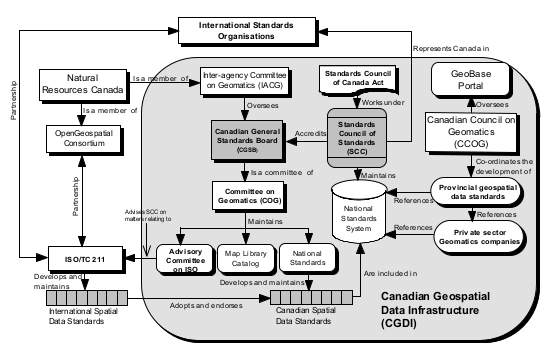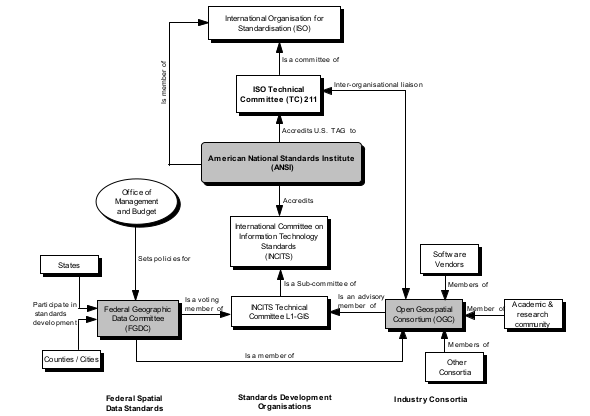A document or collection of documents that establishes a common language, terminology, accepted practices and levels of performance, as well as technical requirements and specifications, that are used consistently for the development and use of products, services and systems in the context of spatial data
Standards commonly provide a shared understanding for processes, products, and/or services




